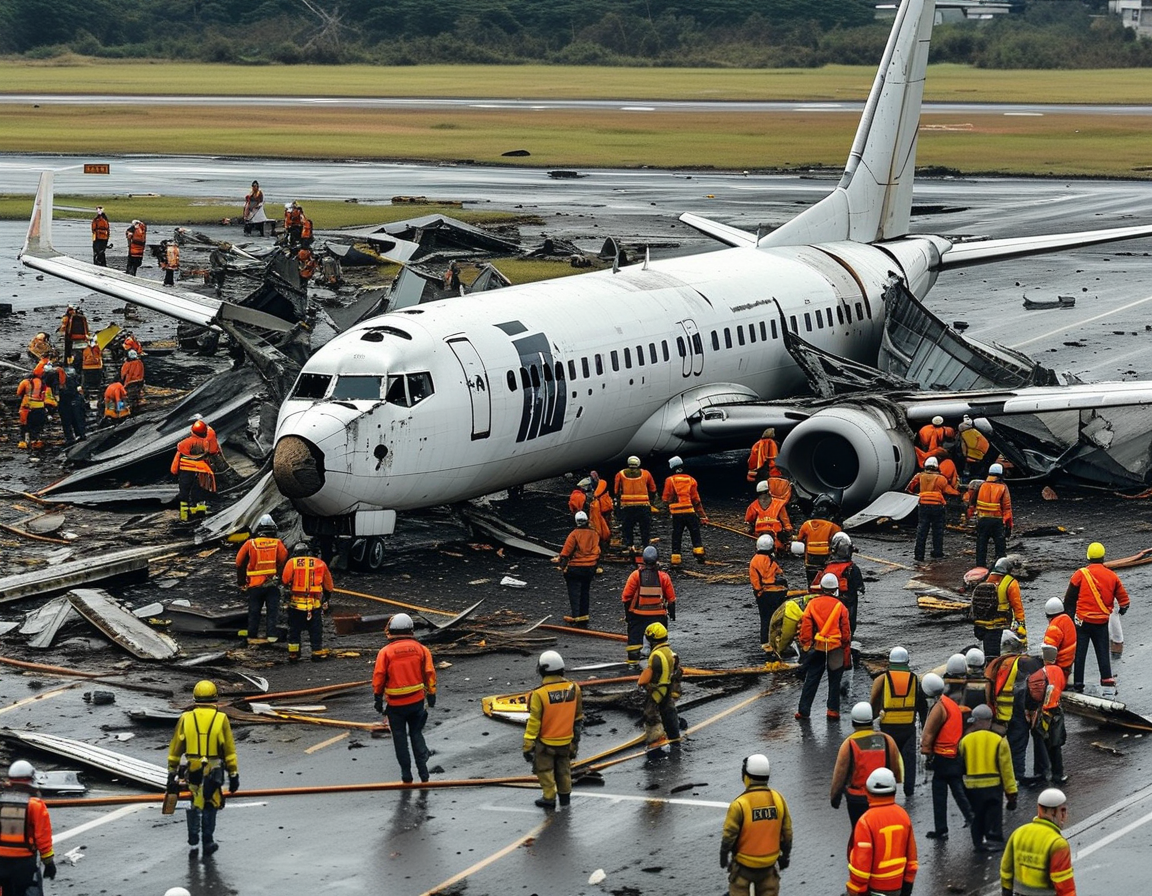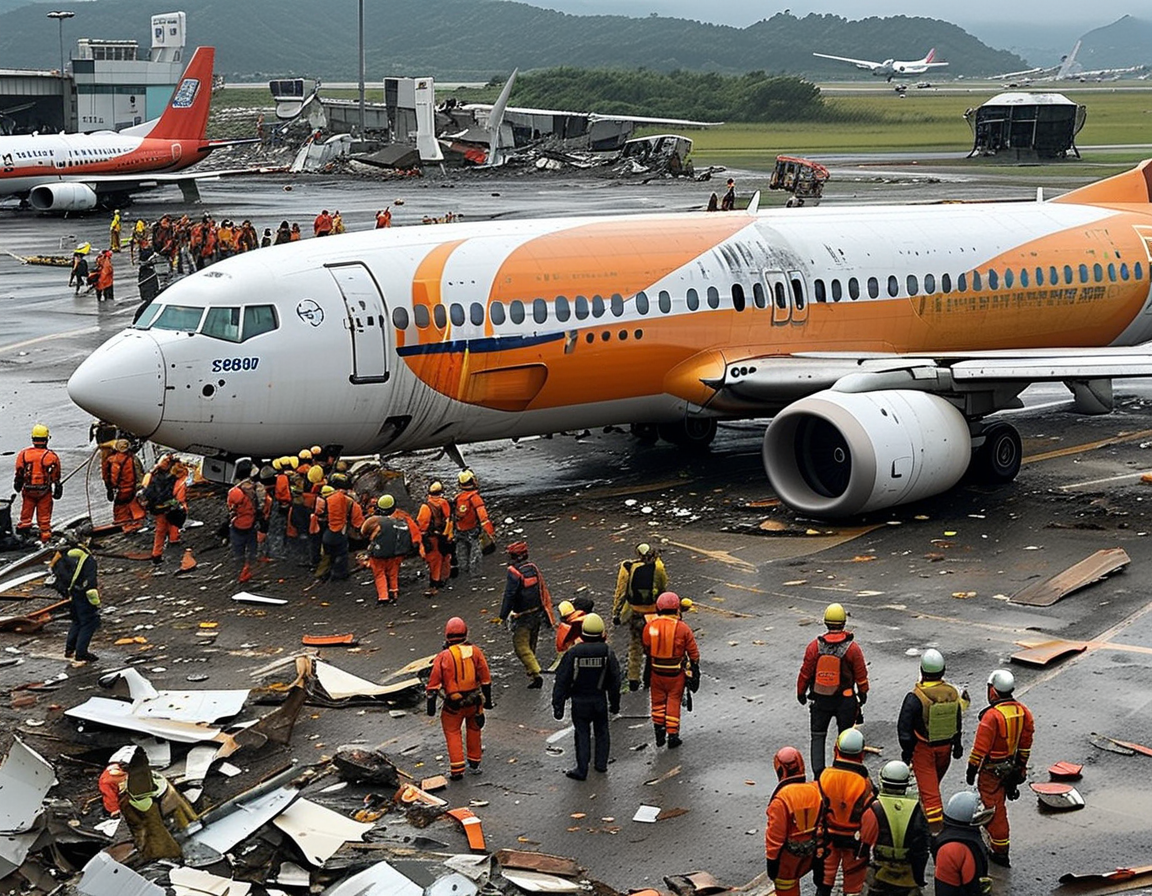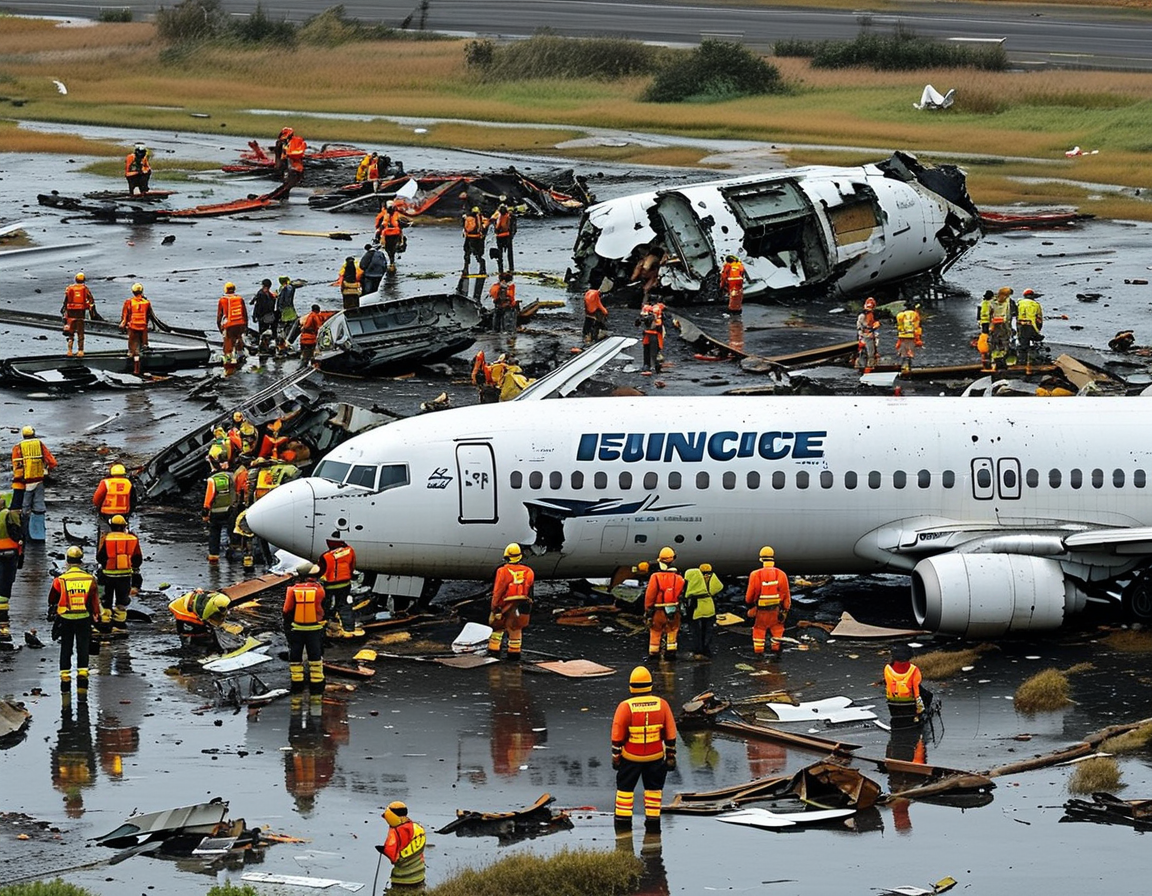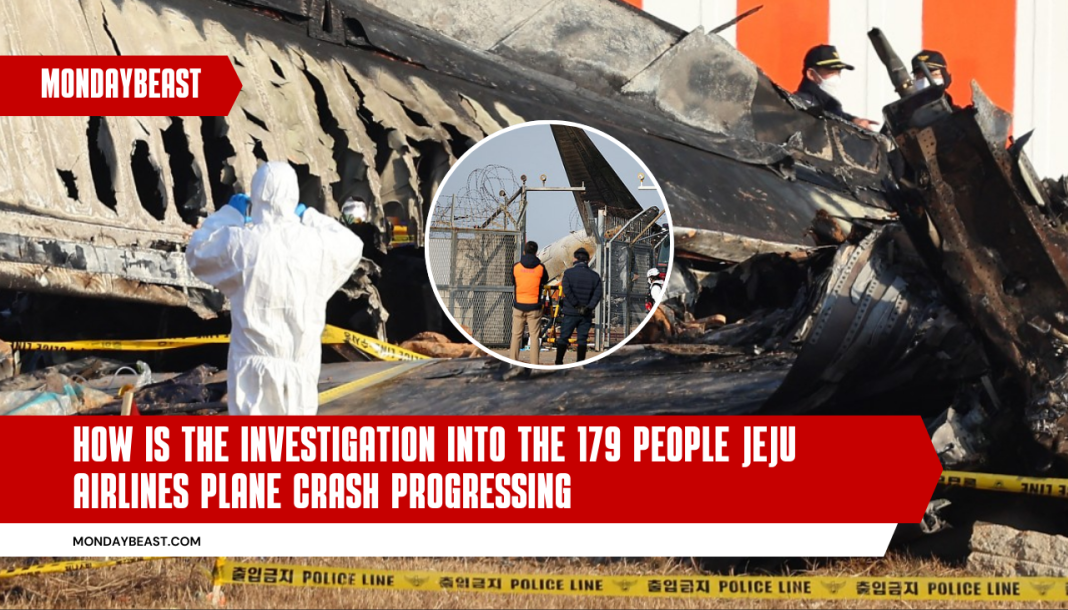The aftermath of the crash
On December 29, tragedy unfolded at Muan International Airport. A Boeing 737-800 operated by Jeju Air crashed, killing 179 people. The plane burst into flames moments after landing. Families waited anxiously in the arrivals hall, praying for news. Only two passengers escaped the wreckage. The crash shocked South Korea, a country proud of its aviation safety.
With the New Year celebration just around the corner, the nation mourned. Instead of laughter and cheer, somber reflections filled the air. People expressed disbelief and sorrow. How can such a disaster happen? The investigation began immediately, as officials scrambled for answers. Was it mechanical failure or negligence?
A search for answers

In a swift move, police raided Muan Airport and Jeju Air’s office. They sought evidence of professional negligence leading to death. Authorities acted on a search warrant issued shortly after the crash. The urgency was palpable. After all, the lives lost merited thorough scrutiny.
Police focused on various locations, including the Busan Regional Office of Aviation. They intended to find any missteps that contributed to the tragedy. Eyewitness accounts added to the urgent need for answers. Friends and families left heartbroken, demanding accountability.
Potential causes of destruction
Initial reports suggested a malfunction in the jet’s landing gear. A bird strike before landing could also be a factor in the chaos. Such complications pose significant risks in the aviation industry. With safety regulations in place, how could this occur? These pressing questions linger in the minds of many.

The National Fire Agency provided tragic statistics. Among the deceased, there were 82 men and 83 women. The loss of life left a void in countless communities. Those who waited for loved ones to arrive heard wails of mourning echo in the airport.
Survivors and hope
Remarkably, two crew members defied the odds. They were found alive in the burning wreckage. Their miraculous rescue provided a glimmer of hope amid darkness. It’s a testament to human resilience and the will to survive. They are living reminders of what was lost, and their recovery story holds its own weight.
As investigations progress, questions remain unanswered. Inquiries into potential negligence and safety failures are crucial. Justice for the victims must be pursued vigorously. The world watches as South Korea grapples with this heart-wrenching chapter in aviation history.
A nation in mourning

South Korea’s period of mourning reflects a collective heartbreak. The country’s usual celebratory spirit is dimmed by this tragedy. Each person killed was part of a larger story, a family devastated. The emotional toll extends beyond the victims’ families.
In the days ahead, these inquiries will unfold. They symbolize more than adaptation; they signify the collective desire for safety and accountability. As the investigation continues, the nation wishes to heal. Conversations around aviation safety will only grow stronger. Can forgiveness and understanding emerge from this heartbreaking loss? The journey toward closure is just beginning.




